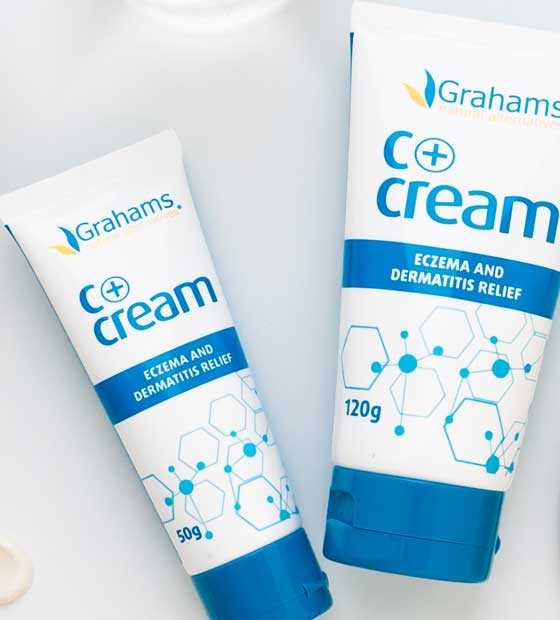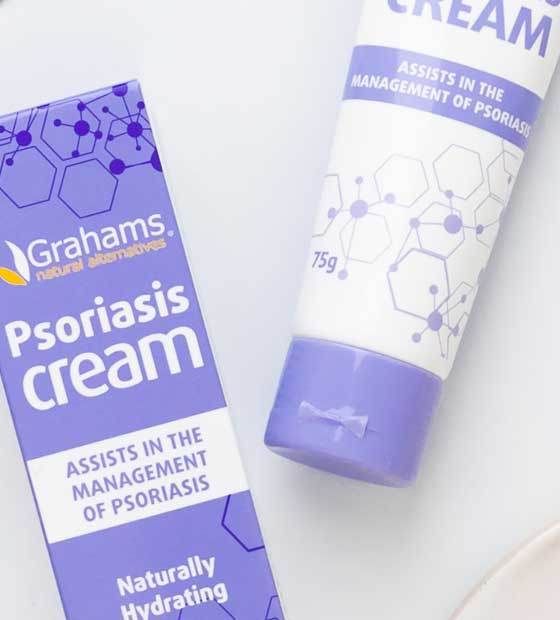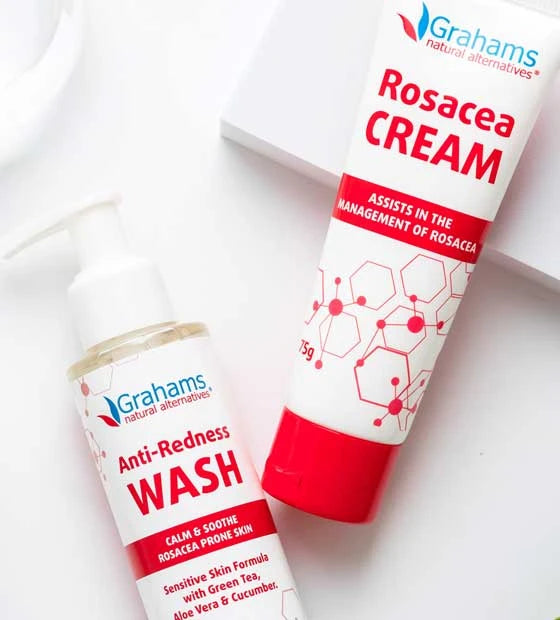Rosacea
Rosacea
What is Rosacea?
Rosacea is one of the most common skin problems today. A chronic, inflammatory skin condition that affects the blood vessels, Rosacea most commonly occurs on the face and appears in the form of reddened skin. Rosacea is often confused with acne, eczema or a skin allergy. When left untreated, it can worsen over time, so it’s important to seek diagnosis if you suspect you may have rosacea.
Symptoms
There are a range of symptoms of this skin disorder, the most common being the altering of skin colour. Typically skin will appear red and while it can occur anywhere, it’s most commonly found on the forehead, nose and cheeks. In addition to red patches, people with rosacea may also experience flushed skin on the neck, chest, scalp and ears. Symptoms may include:
- Inflamed blood vessels on the face
- Flushing / blushing
- Persistent redness
- Red bumps (often mistaken for acne)
- Bulbous nose (less common)
Causes & triggers
While there is no scientific evidence to prove the exact cause of rosacea, there are some common triggers that cause symptoms to flare. These triggers vary from person to person, but typically occur when stimuli dilate the blood vessels for example some foods, alcohol, medications & bacteria.
- Food - for some rosacea sufferers, spicy or hot foods can trigger symptoms to flare.
- Alcohol - while not a cause of rosacea, alcohol can cause symptoms to worsen
- Medication - some medications, topical and nasal steroids
- Skin care products - in particular products that contain chemicals such as many anti-wrinkle treatments
- Stress - feeling stressed, embarrassed or angry can cause a flare
- Extreme temperatures - e.g. hot weather, being in a spa or sauna
- Bacteria & mites - skin and intestinal bacteria are the main culprits
Types
Similarly to many other skin conditions, there are a range of different types of rosacea. Each type has its own specific symptoms and treatment methods.
Phymatous rosacea
Phymatous rosacea appears as irregular skin surfaces and nodularity, thickened skin and increased visibility of tiny blood vessels close to the skin’s outer layer. It has a direct impact on the eyes, nose, cheeks, ears, chin and forehead and can also be related to nose enlargement problem known as rhinophyma.
Ocular rosacea
As the name suggests, this type usually has an impact on the eyes. It comes with symptoms like itching and burning and a constant feeling that the patient has something stuck in the eyes. Patients suffering have to deal with dry and red eyelids and eyes. Eye irritation is not unusual in cases like this.
Papulopustular rosacea
Many people mistake papulopustular rosacea as acne problems. The typical symptom of papulopustular rosacea is the occurrence of red bumps (papules) with pus. These bumps are known as pustules. These papules last for about five days before they are naturally dissolved. Patients with this type experience continuous redness on a certain part of their skin, an occurrence known as erythema. The papules are prone to blushing and flushing and some patients can experience itching or burning sensations.
Treatment
The best treatment varies based on the type and severity of rosacea you’re experiencing. We recommend seeing a dermatologist who will detect the symptoms and diagnose the correct type of rosacea, before recommending a suitable treatment.
Laser treatment
This is a popular form of treatment, where a dermatologist will use a special light that penetrates the epidermis and focus on the dermis capillaries.
CO2 laser treatment
Another type of laser treatment, CO2 laser treatment relies on CO2 beams to cut the tissues and eliminate tissue formations. This type of treatment is usually used for phytamous rosacea.
Grahams Natural Rosacea Cream
We’ve developed a naturallly formulated rosacea cream that has been scientifically formulated to treat and manage rosacea. Designed to reduce inflammation and hydrate the skin, this cream can reduce redness and soothe sensitive skin.
"Rosacea has been a part of my life for as long as I can remember. It’s the one thing that I really hate about my skin. I have been using Grahams Rosacea Cream morning and night for the past 2 months. My redness has calmed quite a lot although not disappeared totally but then I never really expected that. My skin feels soft and hydrated. For anyone with Rosacea, sensitive and reactive skin I would suggest giving Grahams Rosacea Cream a try."
- Anna Maree
We have also created a handy ‘How-to guide’ for further recommendations on how to treat rosacea. You can download this here.
Prevention
While there is no known cure for rosacea, there are a few things people can do to try and prevent a flare up of the condition.
- Modify your skin care routine. Try using gentler products, specifically designed for sensitive skin
- Avoid excessive exposure to the sun. When in the sun, wear sunscreen, a hat and sunglasses.
- Avoid foods that trigger your symptoms. You can also try an elimination diet to see if there are specific food types causing skin problems.
Feel free to contact us if you have any further questions.











